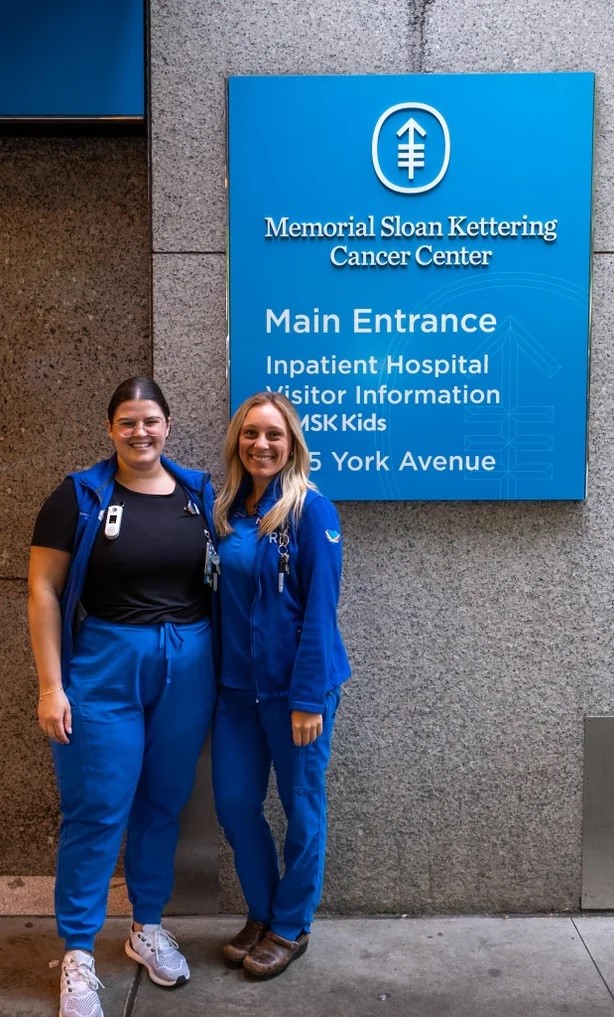Merryl Hoffman knew she was taking good care of her heart. The 63-year-old attorney didn’t smoke or drink, and she was an avid hiker who used to run marathons and other distance races. In her 40s, she had been diagnosed with a leaky mitral valve and underwent surgery to repair it. Every year since, she has seen a cardiologist to check her heart and its function. The reports always came back clear.
When Hoffman left her apartment on Manhattan’s Upper East Side on Oct. 23, 2024, her heart was the last thing on her mind. She was saddled with her work bag and purse, hightailing it to the subway station so she could make it to work on time. That’s when her memory of the day ends.
Shortly into her walk, Hoffman experienced a sudden cardiac arrest. Her heart stopped beating. She collapsed to the ground. Doctors later told her it was a severe arrhythmia that could have been fatal — if not for where Hoffman fell.
Hoffman had collapsed outside Memorial Sloan Kettering Cancer Center’s Breast and Imaging Center, about two and a half blocks from her subway station. A patient care technician and a passing runner immediately rushed to her aid. Then, Memorial Sloan Kettering nurses Sabrina Castle and Gianna Formisano stumbled upon the scene while walking to work.
“We were so shocked. When we were walking up, people were like ‘Nurses, nurses!’ We didn’t know what we were walking into,” Formisano said. “People were grabbing our coffee, taking our bags. It was out of a movie, the way that they were like ‘Oh, thank God you’re here.'”
Formisano and Castle took over performing CPR, keeping Hoffman’s heart manually beating. She didn’t have a pulse, and she had hit her head when she collapsed. The nurses also instructed one of the other bystanders to call an ambulance.
Early CPR increases survival for patients in cardiac arrest by “at least two or three fold,” said Dr. Jessica Hennessey, a cardiologist at NewYork-Presbyterian/Columbia University Irving Medical Center. Early CPR means that blood flow to the brain and heart continues, preserving the health of those organs. Bystanders in a medical emergency should call 911 and immediately start CPR, Hennessey advised. CPR can be done with mouth-to-mouth or with just chest compressions, Hennessey said.
After five minutes that “felt like forever,” the ambulance arrived, Formisano said. Castle and Formisano helped the EMTs load Hoffman into the ambulance. Then, she was taken to NewYork-Presbyterian’s cardiac care unit for further treatment.
For the small crowd, the day carried on. Castle and Formisano headed to work. After a few hours, they called NewYork-Presbyterian to see if they could find out more about Hoffman’s status. They went to the hospital and spoke to a nurse there.
Source: CBS News
